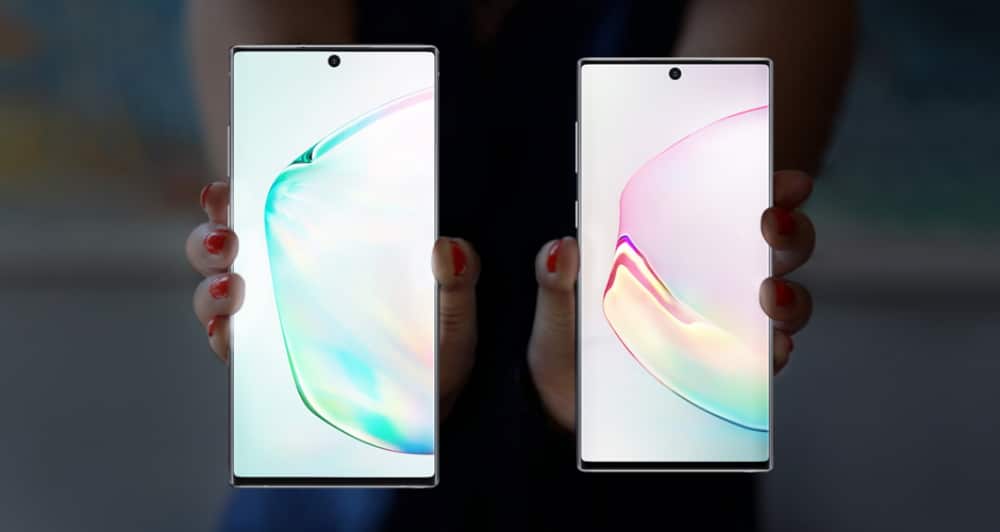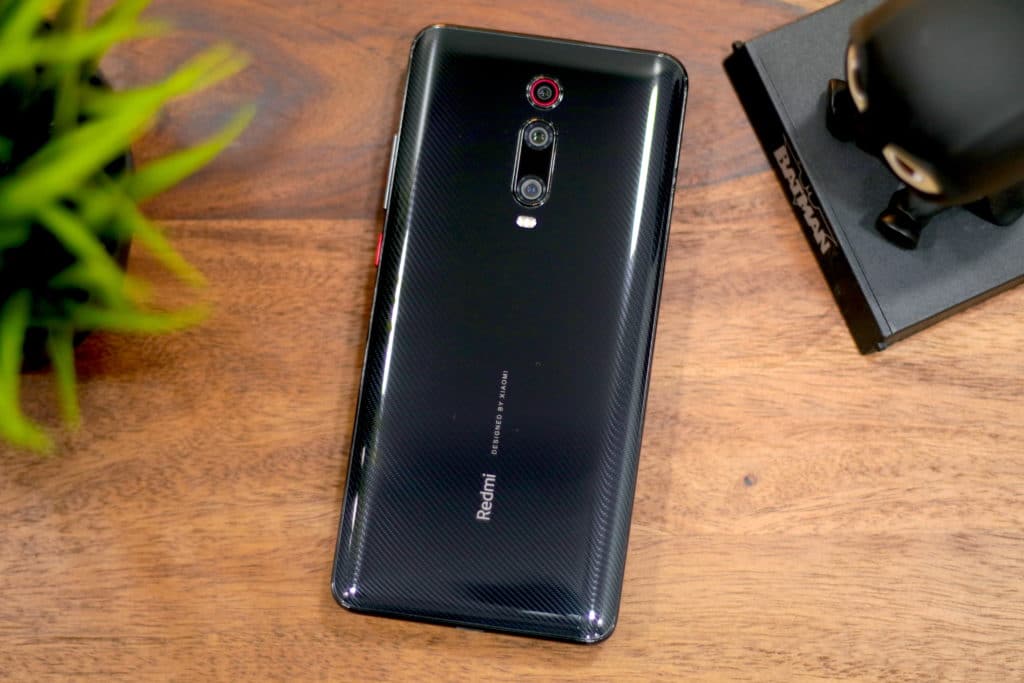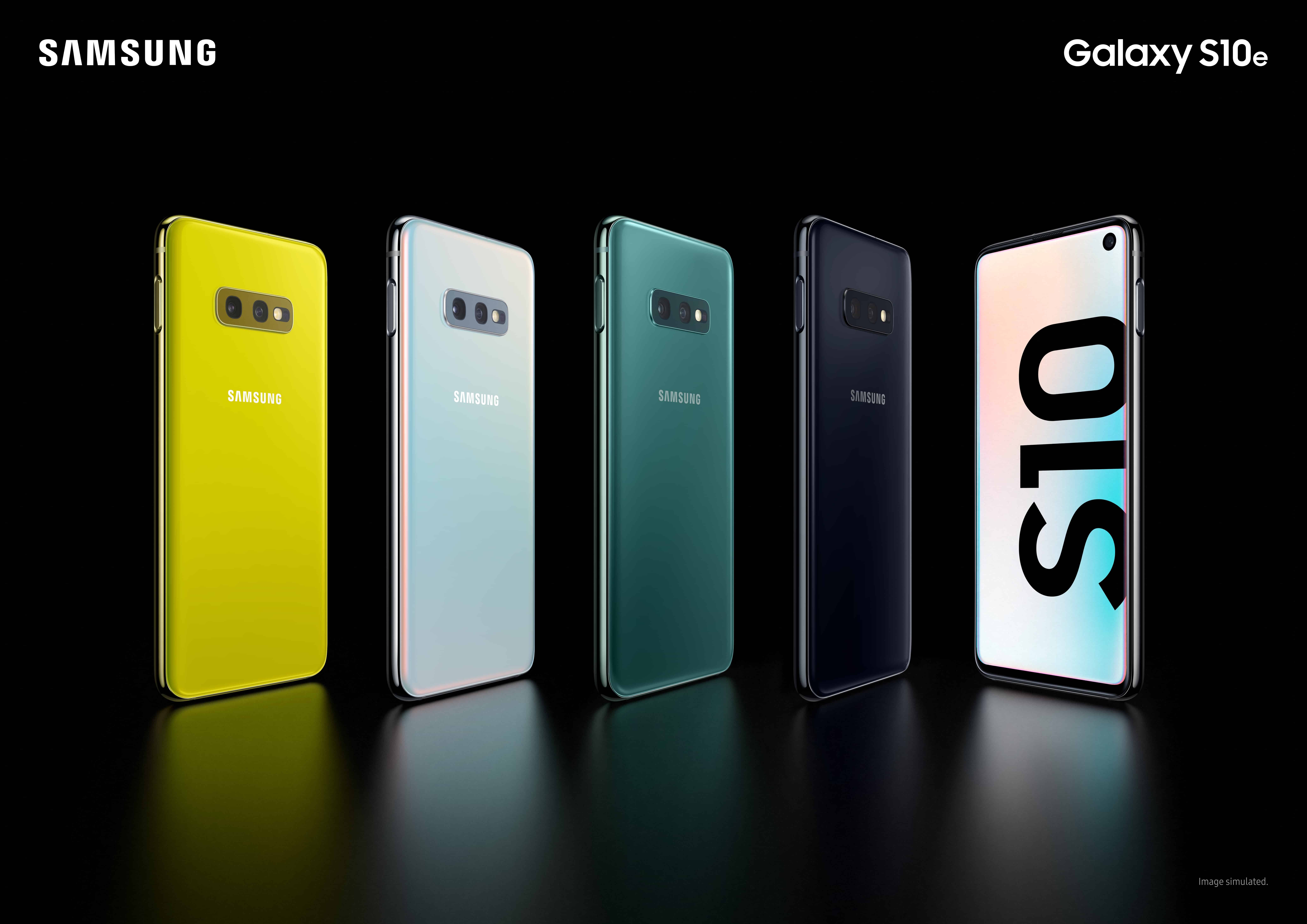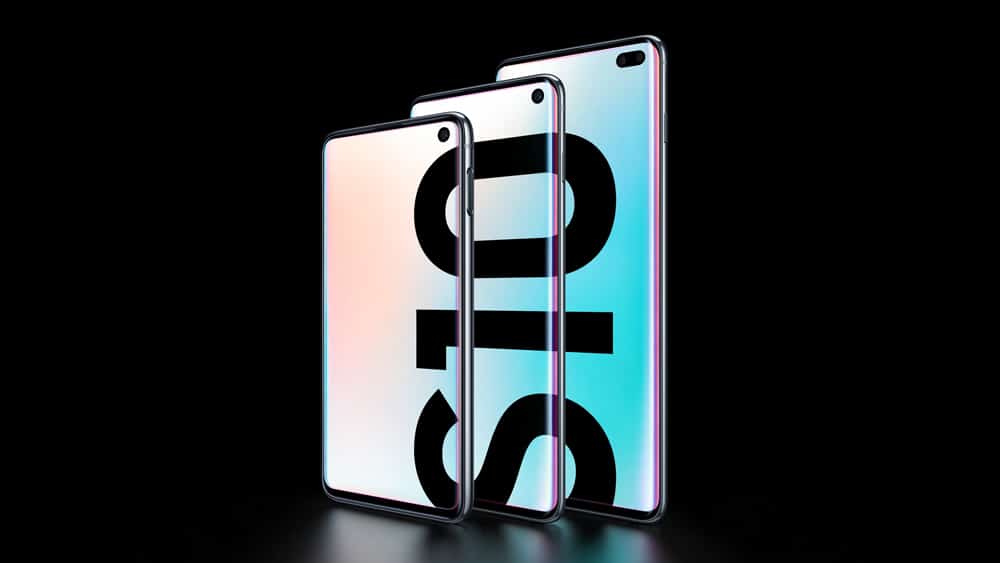
With the Galaxy S10 out, most Galaxy S9 owners are wondering if they should upgrade to it or not. At first glance, the Galaxy S10 does seem to be a compelling upgrade over the Galaxy S9 with its new design, triple-camera setup, and other improvements. But the Galaxy S9 is still a fine handset by all means today. So, should existing Galaxy S9 owners upgrade to it? Let’s find out.
The Galaxy S10 offers major improvements over the Galaxy S9 in three key areas: display, performance and battery life. However, there are plenty of other improvements in the device which lead to it offering a better user experience. Read below to find out if it makes the jump from the Galaxy S9 to Galaxy S10 worth it or not.
Samsung Galaxy S10 vs Galaxy S9: Upgrade or Not?
Design and Display

The Galaxy S10 shares the same design language as the Galaxy S9 but comes with two major change. It does away with top bezels and switches to an Infinity-O panel i.e. it features a punch-hole cutout for the front camera. This makes the S10 standout not just from the Galaxy S9 but a hoard of other smartphones out there.
The Galaxy S10 comes with a newer OLED panel that’s more efficient and capable of reaching higher brightness levels. But that does not change the fact that the Galaxy S9 also has an equally impressive OLED panel.
From a display viewpoint, while the Galaxy S10 is better, it simply does not offer enough upgrades to warrant an upgrade.
The Galaxy S10 builds on the design of the Galaxy S9. It uses a more durable Gorilla Glass 6 and apart from some other minor design refinements like smaller bezels and the punch-hole, it does not bring anything radically new to the table. The new colors are definitely a refreshing change when compared to the S9 though.
Chipset
The Galaxy S10 comes with a 7nm Snapdragon 855 or an 8nm Exynos 9820 chipset. This makes for a huge difference, especially the Snapdragon version as it brings about major improvements to performance and efficiency.
The Galaxy S9 features a 10nm Snapdragon 845 or an Exynos 9810 chip. The 7nm chip inside the Galaxy S10 is more efficient and powerful. This means better performance as well as better battery life. The Exynos 9820 variant is not that powerful but it does bring about some key changes for improved efficiency.
The faster GPU in the Exynos 9820 means the international variant of the Galaxy S10 is better at playing heavy games like PUBG when compared to the Exynos 9810-powered Galaxy S9.

Connectivity
The Galaxy S9 series already offers among the best connectivity in the smartphone market, and with the Galaxy S10, Samsung is taking things to the next level. The Galaxy S10 offers support for 2Gbps LTE download speeds. While that’s not going to be practically possible, other advancements mean the S10 will offer among the best mobile data speeds possible on a smartphone.
The Galaxy S10 also comes with Wi-Fi 6, the first phone in the world to do so. In comparison, the S9 comes with Wi-Fi ac. While faster Wi-Fi is always welcome, Wi-Fi 6 still has a low penetration rate so this feature is more of a gimmick right now.
Camera
The Galaxy S10 comes with a triple-camera setup, while the Galaxy S9 featured only a single camera setup at the rear. Both phones have the same dual aperture 12MP 1.4um primary shooter with OIS. In addition to the telephoto lens for 2x optical zoom, the S10 also comes with a 16MP f/2.2 ultra-wide angle lens. The triple-camera setup on the Galaxy S10 offers it a level of versatility that the S9 lacks. And that’s without taking into considering the relatively modest image quality improvements the Galaxy S10 brings to the table.
There’s a 10MP f/1.9 selfie shooter on the Galaxy S10 which is a notable step up from the 8MP selfie sensor found on the Galaxy S9. The former also has Dual Pixel autofocus and other under-the-hood improvements which means the selfies taken on the Galaxy S10 will come out noticeably sharper and less soft than the ones taken from the S9.
Lastly, the improved chipset and camera sensor allow the Galaxy S10 record 4K videos from the front camera — a first in the smartphone world and HDR10 videos from the rear camera. HDR videos will have better colors and contrast so this is a welcome addition. And the videos will be more stable as well thanks to Samsung’s new Super Smooth video stabilization.

RAM and Storage
An area where the Galaxy S10 is notably better than not just the Galaxy S9 but every other flagship smartphone out there. While the base variant of the Galaxy S9 comes with 4GB RAM and 64GB storage, the base Galaxy S10 variant ships with 8GB RAM and 128GB storage. That’s twice the RAM and storage of what the Galaxy S9 comes with. This is in addition to the microSD card found both devices which allows one to upgrade the storage for cheap.
Battery Life
The switch to a more efficient 7nm/8nm chipset along with other more power efficient chips mean the Galaxy S10 offers better battery life than the Galaxy S9. It also comes with a slightly bigger 3,400mAh battery, though the switch to a slightly larger 6.1-inch display negates that improvement.
Disappointingly, Samsung has not improved the wired charging speeds on the Galaxy S10 compared to the S9. The device still has 15W wired charging, though wireless charging speeds have been improved to 12W. Plus, the Galaxy S10 series has Wireless PowerShare a.k.a reverse wireless charging which one can use to charge other accessories like the Galaxy buds and Galaxy Watch Active wirelessly.
Overall, while the Galaxy S10 does bring about some key improvements over the Galaxy S9, I don’t think it makes sense to upgrade to it. The improvements are too modest and the Galaxy S9 is still a fine phone in this day and age, especially with Samsung’s new One UI that was a part of the Android 9.0 Pie update.









